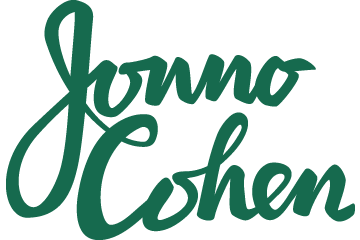A usage is considered commercial if used in the context of appearing to endorse a product, a service or an idea. The critical word is 'endorse' because that implies that the product, service or idea has gained additional recognition or enhanced credibility by someone's or something recommending it. An editorial context usage is merely an illustrative use to help widen our understanding of whatever the context is but not to enhance its perceived value by endorsement.
— Geof Kirby, in a recent discussion on a local freelancers’ forum, on the difference between commercial and editorial usage of photos.
This distinction differs in an important way from my usual understanding of non-commercial usage, and I suspect I'm not the only one who sees it differently. Designers today are in the fortunate position of having a wide range of cheap and free resources available within arm's reach to throw into their designs, including stock photos, fonts, website templates, icons, illustrations, and lots of other stuff.
Many of these items are sold or given away on the condition they won't be used commercially, only for 'personal' use, which suggests you can use them in whatever way you'd like, as long as you aren't making money from it. So I could use a non-commercially licensed image in my blog about my questionable views on unicorns, but not if I was using the site to raise money for my unicorn kickstarter, or designing the site for a client and charging them for it. Or I could use an image in my personal Twitter profile, as long as my tweets don't contain advertisements.
But these theoretical uses might not be permissible based on Geof's explanation, where the question of whether my use of an image benefits my (or my client's) bank balance is irrelevant, but the image's perceived association with an idea or product makes all the difference.
It's worth bearing this distinction in mind when using imagery or other elements based on an editorial or non-commercial license. Also note that a commercial license doesn't give you complete free rein. In most cases, morally dubious uses (pornography, hate speech and the like) will be excluded from the license. Certain commercial uses will also require a special 'extended' license, such as if the image itself is what's selling a product (like slapping it onto a mug or a calendar and selling that, or including it in a website template you're selling), or it's going into an exceptionally large print run (that limit will be an arbitrary number set by the owner — iStock puts it at 500 000). Use in a logo or trademark is also typically excluded from a license — take note, vector stock-loving designers — even for some fonts.
If your intended use falls into a grey area, read the license carefully, and if in doubt, ask the owner.
